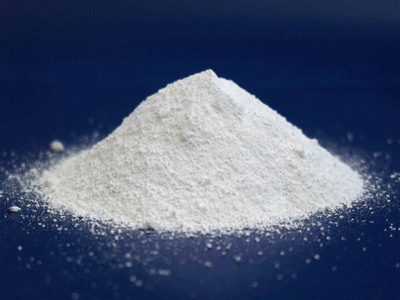How to Avoid Tio2 Pigmenting Problems

Titanium dioxide is the naturally occurring oxide of titanium which has the chemical formula TiO2, and is commonly known by its formula name. TiO2 is mostly used as a pigment for different materials, for example paints. It is commonly used as a white pigment due to the reason it has a very high refractive index.
TiO2 has many forms and variations; rutile, anatase, brookite are the naturally occurring forms where as it can be produced synthetically in the laboratory as well.
Despite its abundant use there are some drawbacks to TiO2 as well. It does not perform the duties of the pigment agent in thinner paint coats, particularly in rough weather conditions.
Instructions
-
1
Analyse
Analyse the pigment to get to the core of the problem. Three common problems related to TiO2 pigments are enhancing dispersion, eliminating plate out and preventing lacing. These issues are very demanding for the producers of pigments or paint coatings. Lacing is referred to lace like holes formed in the paint after drying out. It is becoming more of a problem with each passing day due to increasing popularity of low gauge packaging films. The thinner the coating, the lesser the amount of pigment it contains, which obviously leads to below par results. -
2
Dispersion
It the most popular issue related to TiO2 pigments due to the reason that it is directly affects the finished product as it ruins the colour and uniformity of the paint. Pigment in the raw form is a combination of primary particles, aggregates and agglomerates. They need to be uniformly distributed else the pigment will not give 100 percent results. So mixing the pigment well before combining it with the paint can help alleviate the issue of dispersion to some extent. -
3
Deagglomeration
Agglomerates are broken down into simpler parts when they are mixed together in the making of paint. To ensure good results these two conditions should be met always. The aggregate should be subject to hard shear stress in a closed chamber, and that the force should be enough to break the forces of attraction between the agglomerate components. -
4
Wetting
To achieve better wetting results, water and air on the surface of TiO2 particles must be spread by the resin medium. Also the base should penetrate the cavities inside the pigment agglomerates to remove the trapped air contained in them. Then apply a covering of medium over the entire surface to achieve a better quality of pigment.




